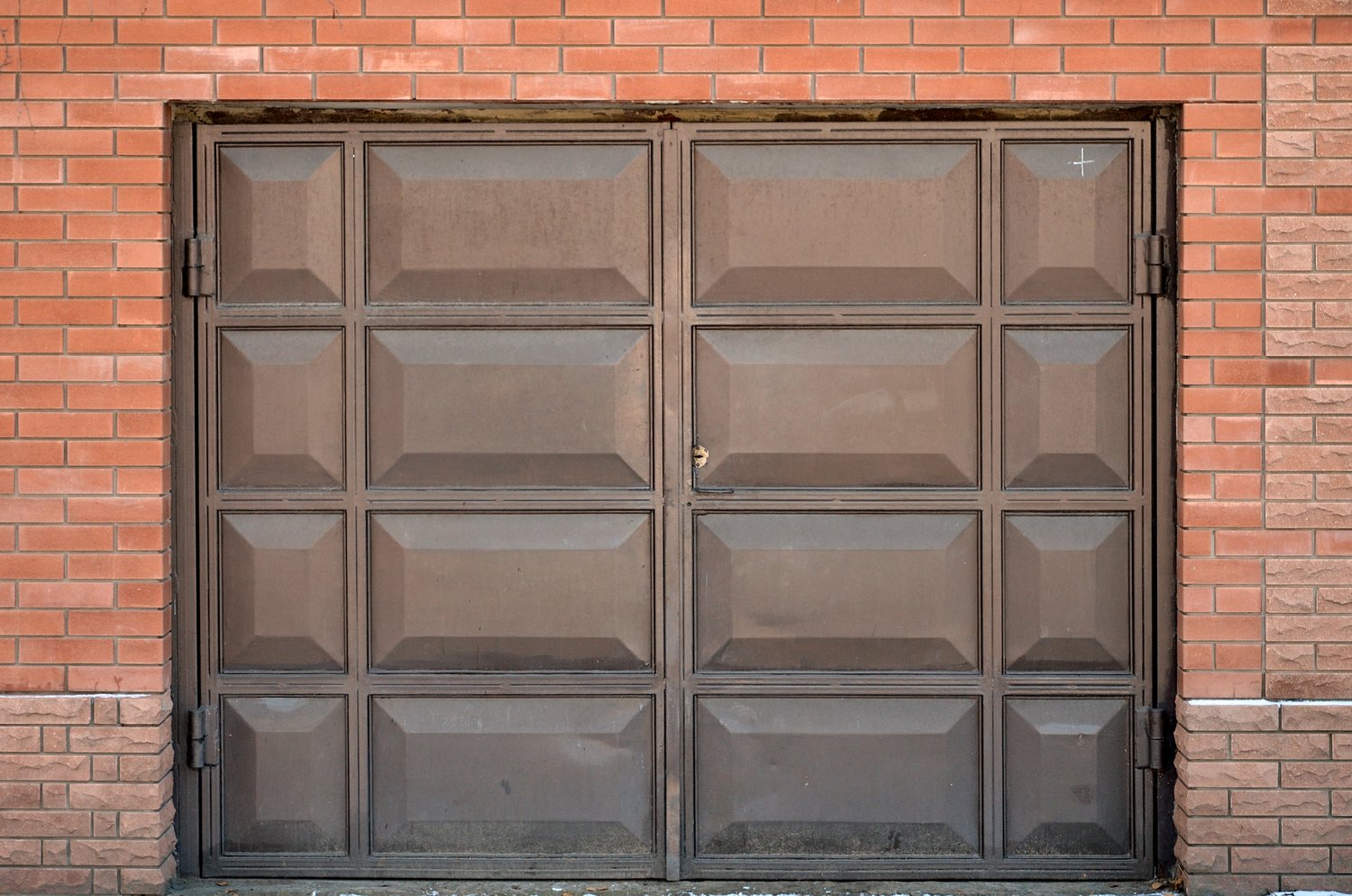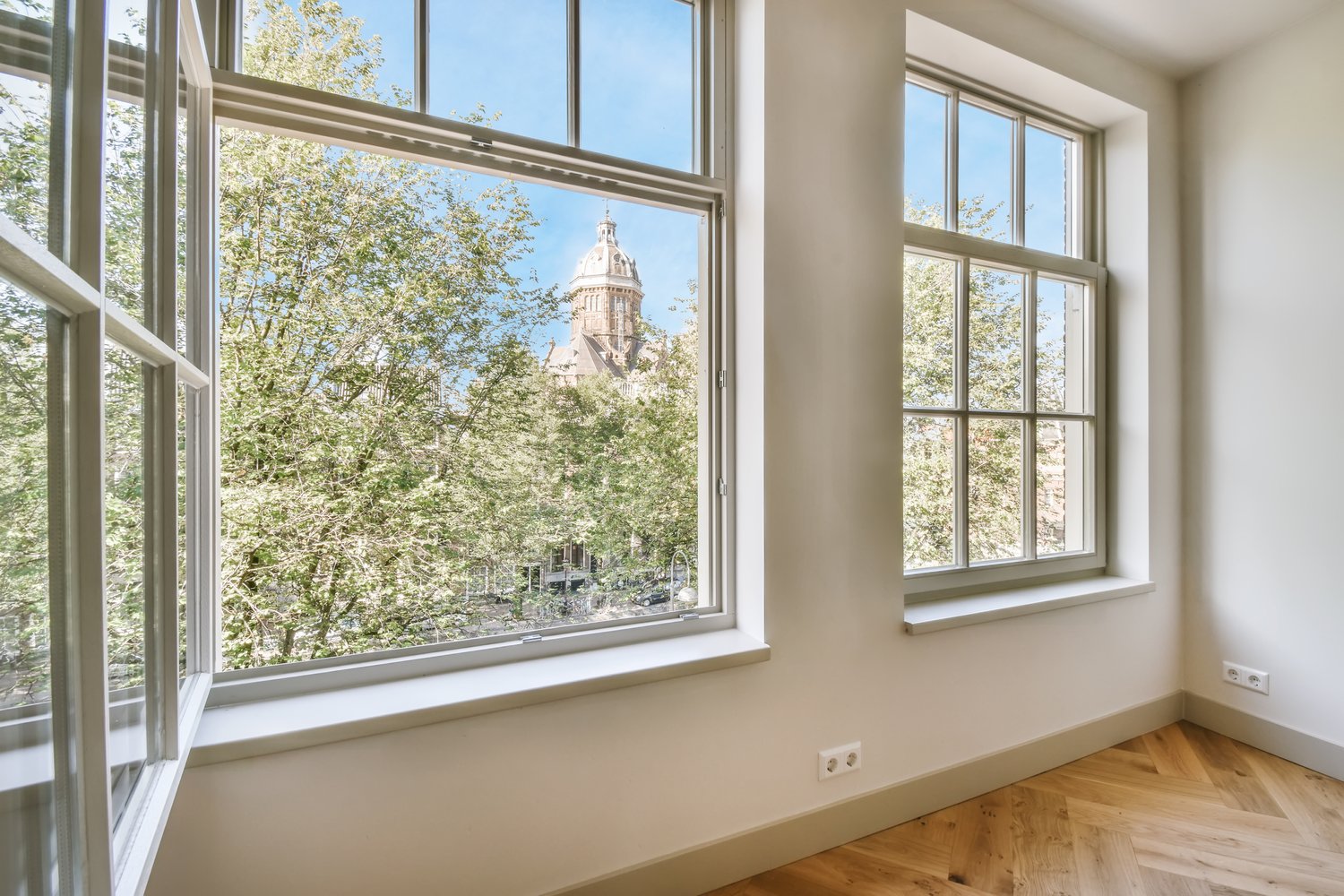Your garage door is likely the largest moving component of your home, operating several times daily with minimal attention until something goes wrong. Regular garage door maintenance not only extends the life of this essential home feature but also ensures safe garage door operation for your family. This guide walks you through simple yet effective garage door care tips that any homeowner can perform, helping you avoid costly repairs and dangerous malfunctions that could compromise your home’s security and convenience.
Understanding Your Garage Door System
Before diving into maintenance tasks, it’s important to understand the basic components of your garage door. A typical system includes the door panels, tracks, springs, cables, rollers, hinges, and the automatic opener. Each part plays a crucial role in the door’s operation, and failure of any component can affect the entire system. When approaching garage door maintenance, remember that you’re dealing with a complex mechanism under significant tension. The torsion springs alone contain enough energy to cause serious injury if mishandled, which is why certain repairs should always be left to professionals.
Seasonal Inspection Routine
Establishing a seasonal inspection routine is one of the most valuable garage door care tips for homeowners. At the start of each season, take time to observe your door in action. Listen for unusual noises like grinding, scraping, or popping that might indicate problems. Watch the door’s movement – it should rise and lower smoothly without jerking or uneven motion. Inspect the door’s balance by disconnecting the automatic opener (usually via a pull cord) and manually lifting the door halfway. A properly balanced door should remain in place without rising or falling. If the door won’t stay put, the springs may need adjustment – a task best handled by professionals who understand safe garage door operation protocols.
Cleaning and Debris Removal
Dirt and debris accumulation in tracks and moving parts is a common cause of garage door problems. Every few months, use a stiff brush to clean the tracks on both sides of the door, removing leaves, dirt, and other buildup that can impede smooth operation. Wipe down the photo eye sensors (usually mounted near the floor on both sides of the door) with a soft cloth to ensure nothing blocks their signal. These sensors prevent the door from closing on objects or people, making them critical for safety. Clean the weather stripping along the bottom and sides of the door with a mild detergent solution to maintain its flexibility and sealing capability. This simple garage door maintenance step helps prevent energy loss and keeps pests from entering your garage.
Lubrication Essentials
Perhaps the most crucial yet overlooked aspect of garage door care is proper lubrication. You should lubricate garage door components approximately twice a year to prevent excessive wear and reduce noise. Use a silicone-based lubricant or specific garage door lubricant – never use WD-40 as it’s a solvent, not a lubricant, and can actually damage parts over time. Apply lubricant to the opener’s chain or screw, all moving metal parts including hinges, rollers (but not the tracks), and bearings. The springs should also receive a light coating to prevent rust and reduce friction. As noted by home maintenance experts at AskHomey, proper lubrication can extend your door’s operational life by years and significantly reduce the likelihood of middle-of-the-night mechanical failures.
Hardware Tightening and Adjustment
The vibration from regular use loosens hardware over time, creating safety hazards and causing door misalignment. Every three to six months, check and tighten all bolts and screws on the door brackets, hinges, and rail system while the door is in the closed position. Be careful not to overtighten, as this can strip the hardware or damage the door. Inspect the cables for fraying or damage – though you should never attempt to adjust or repair the cables yourself due to the high tension they’re under. If you notice loose or damaged hardware beyond simple tightening, consult a professional who understands safe garage door operation requirements.
Testing Safety Features
Modern garage doors include several safety features that require regular testing. Test the auto-reverse mechanism by placing a roll of paper towels in the door’s path – the door should reverse immediately upon contact. The photo eye system can be tested by waving an object across its path as the door is closing – again, the door should reverse immediately. If either of these tests fails, adjust the sensitivity settings according to your opener’s manual or call a technician immediately. These features prevent serious injuries and property damage, making their maintenance a non-negotiable part of garage door care tips.
When to Call a Professional
While many garage door maintenance tasks can be handled by homeowners, certain issues require professional attention. Signs that it’s time to call an expert include cables that appear frayed, springs that look damaged or stretched, significant door misalignment, or an opener that fails to respond properly to controls. A professional technician has the tools, parts, and expertise to safely address these issues without risking personal injury or further damage to your garage door system.
For more tips and to connect with reliable home service professionals, follow AskHomey on Facebook and Instagram.



